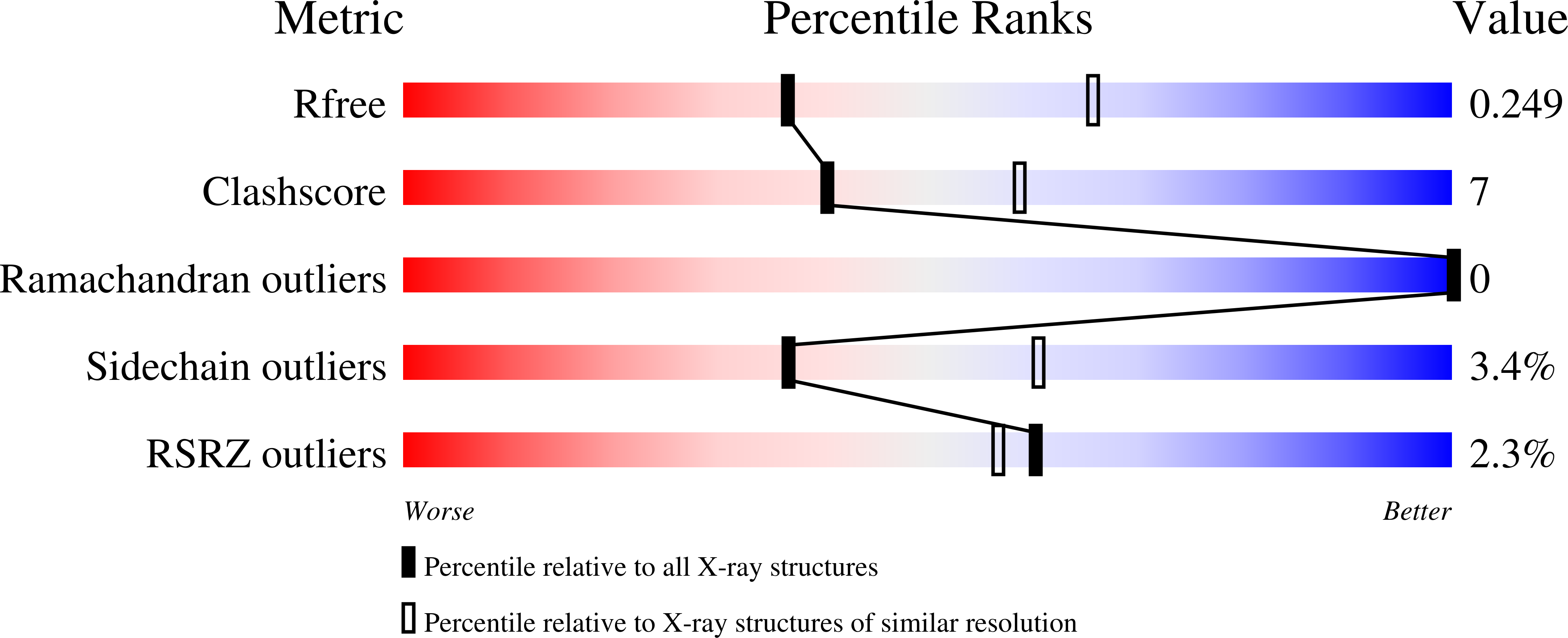
Deposition Date
2020-12-03
Release Date
2021-03-10
Last Version Date
2024-01-31
Entry Detail
PDB ID:
7B51
Keywords:
Title:
Crystal structure of human CRM1 covalently modified by 2-mercaptoethanol at Cys528
Biological Source:
Source Organism:
Homo sapiens (Taxon ID: 9606)
Host Organism:
Method Details:
Experimental Method:
Resolution:
2.58 Å
R-Value Free:
0.25
R-Value Work:
0.21
R-Value Observed:
0.21
Space Group:
I 2 2 2


